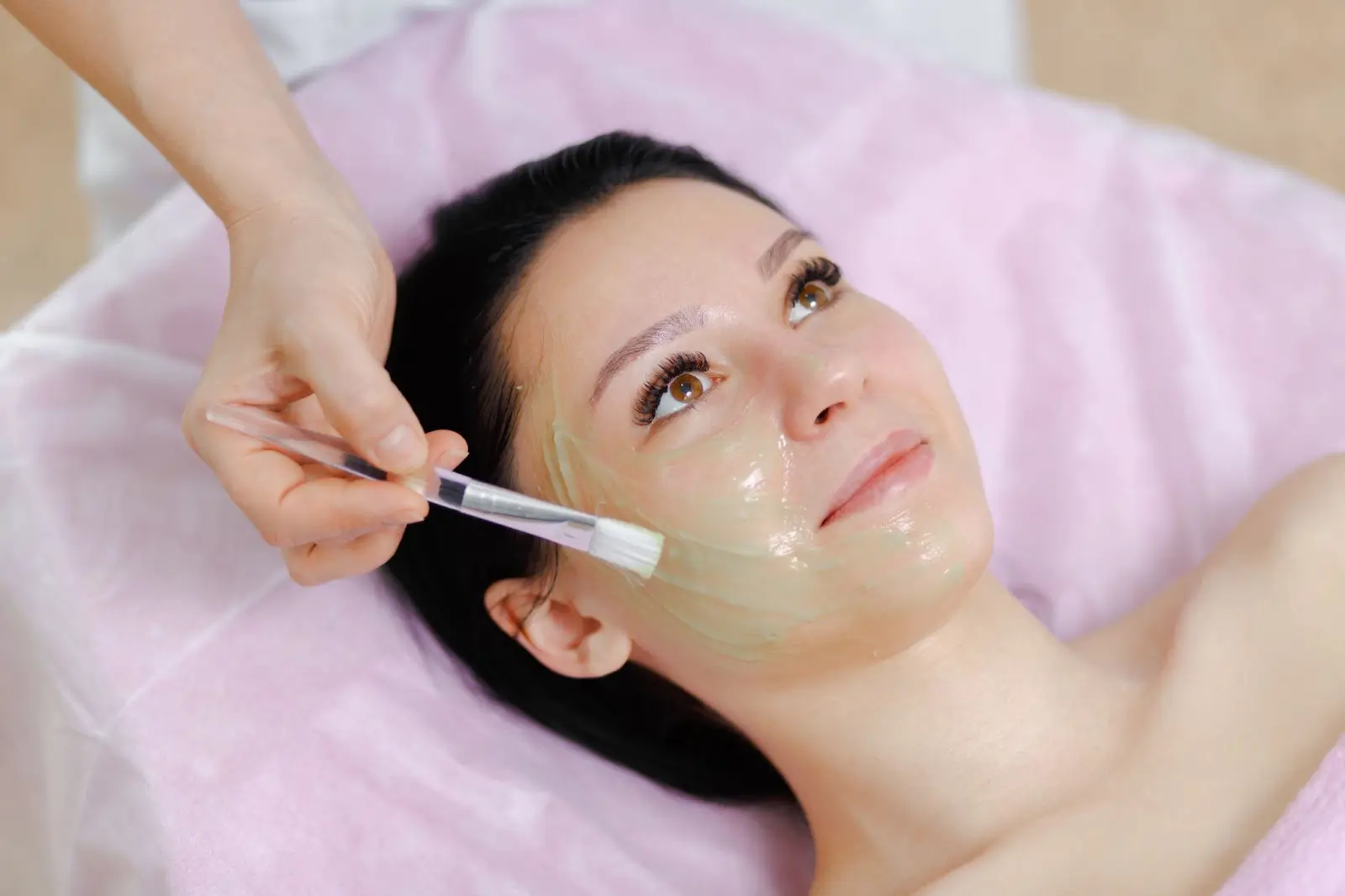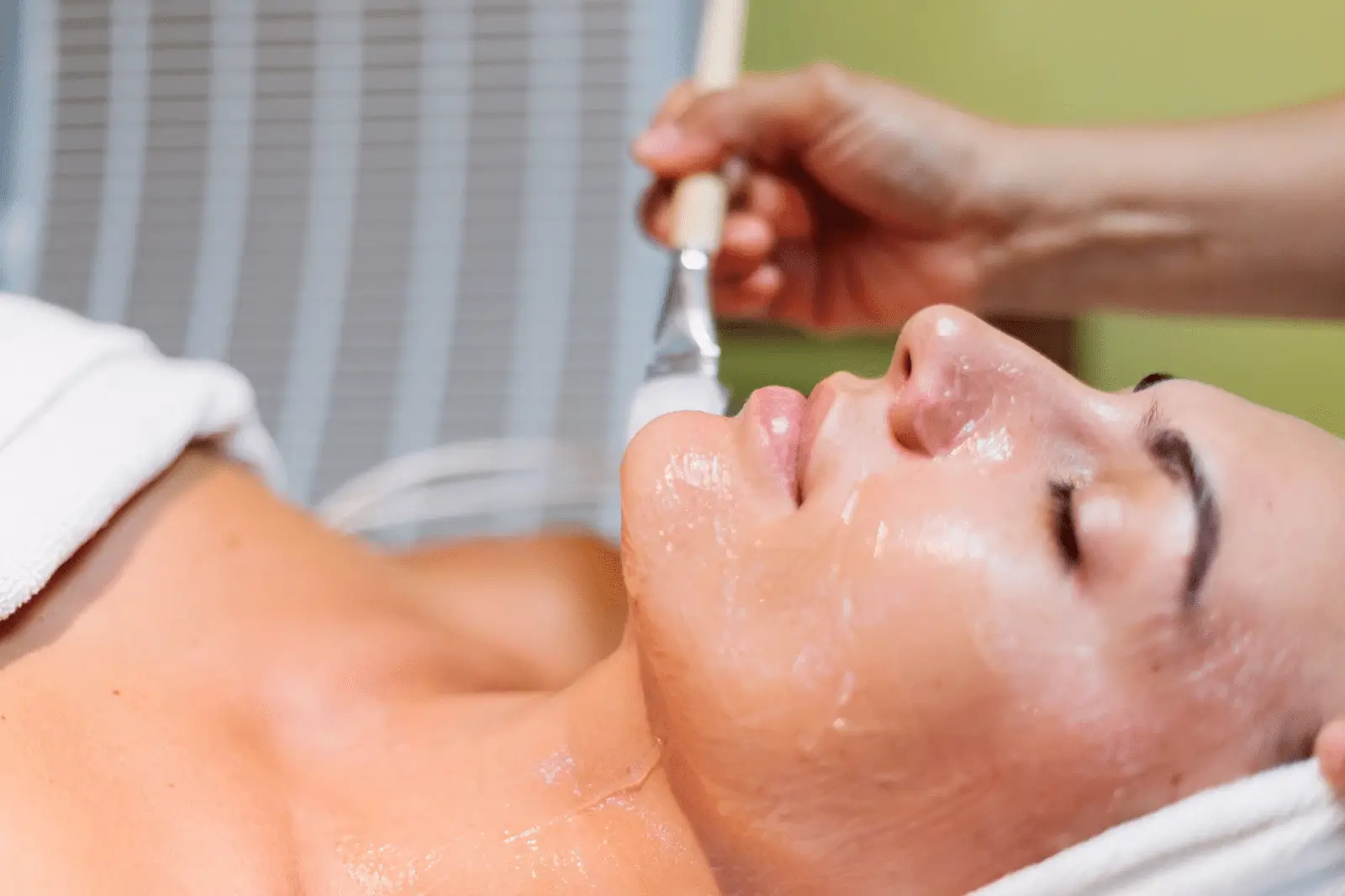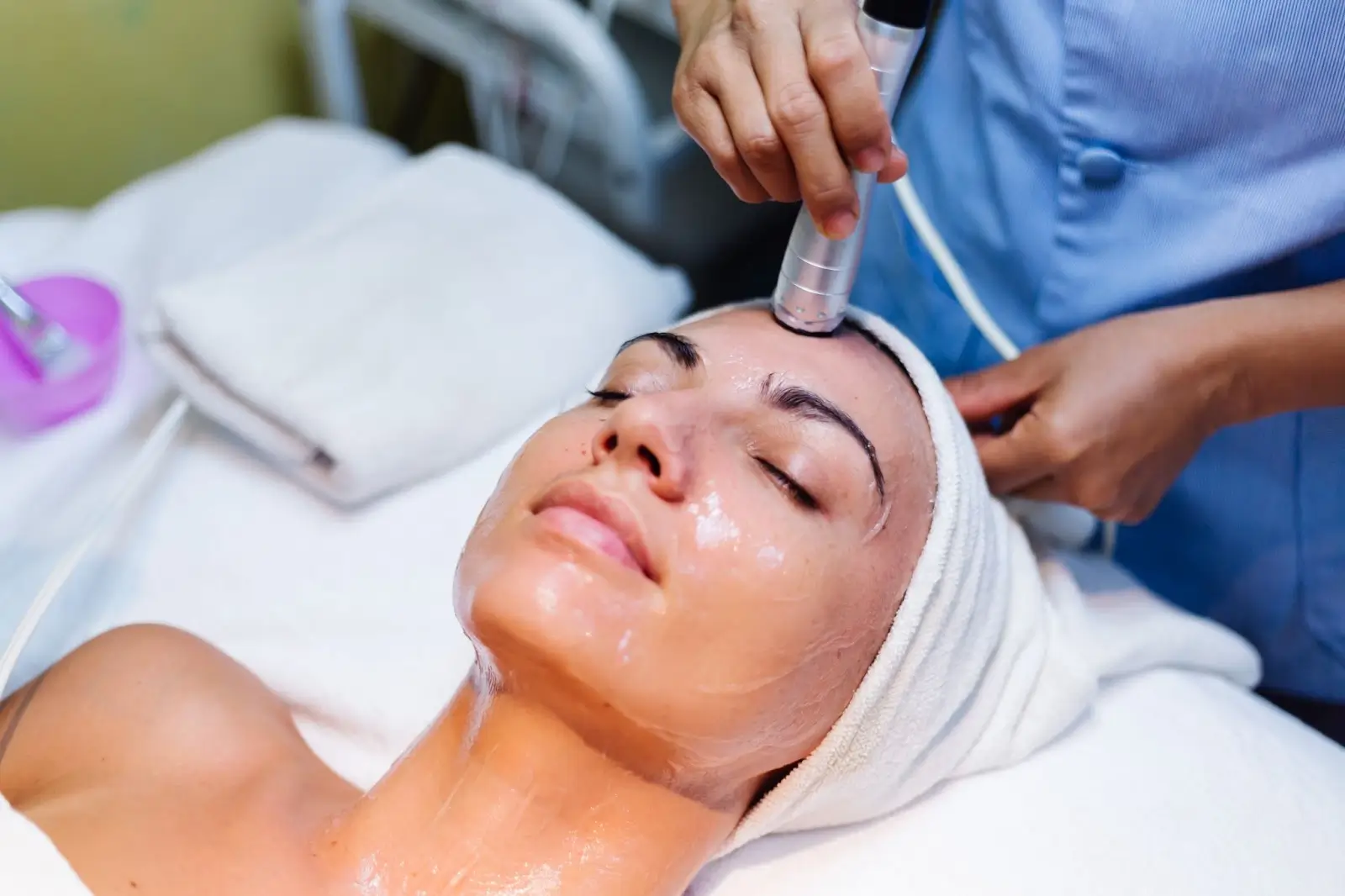
When it comes to chemical peels and skin rejuvenation treatments, achieving lasting results often takes time. Most patients experience real improvements, such as a smoother texture, brighter tone, or reduced pigmentation—only after completing several sessions. It’s a gradual process that rewards consistency and thoughtful care.
PRX-T33 has become a standout in the world of non-invasive skin treatments. Unlike traditional peels that cause visible flaking or extended downtime, this biorevitalization peel works below the surface. Thanks to its unique combination of trichloroacetic acid (TCA), hydrogen peroxide, and kojic acid, PRX-T33 stimulates collagen production and renews the skin—without peeling.
But how many treatments does it take to see results? That depends on your skin goals, type, and how your skin responds over time. In this article, we’ll break down what a typical PRX-T33 treatment plan looks like, what influences your results, and what you can expect from start to finish.
Key Takeaways
- PRX-T33 treatments are most effective when done as a series (4 to 6 weekly sessions) to gradually stimulate collagen and improve skin tone, texture, and elasticity.
- Maintenance sessions, conducted every 1 to 3 months, help preserve results and keep the skin looking firm, smooth, and radiant over time.
- Factors such as age, specific skin concerns, lifestyle habits, and other aesthetic treatments can influence the number of sessions required and the frequency of repeat sessions.
- While PRX-T33 is generally well-tolerated, patients may experience mild redness, tingling, or flaking, particularly in individuals with thicker skin types. Following proper aftercare protocol helps minimize these effects and supports long-term results.
- PRX-T33 is not recommended during pregnancy, breastfeeding, active infections, or recent isotretinoin use. A qualified provider will determine eligibility and tailor the treatment plan accordingly.
About: Doctor Medica is your trusted supplier of top-quality dermal fillers, viscosupplements, and more for your medical practice. We offer genuine products from leading brands at the lowest prices in the market. If you’re looking to order PRX T33 online for your practice, contact Doctor Medica today.
Typical PRX-T33 Protocols: Initial Series of Treatments

PRX-T33 is designed to deliver gradual, skin-deep rejuvenation through a progressive treatment schedule. Instead of relying on a single strong peel, this approach allows the skin to adapt gently, stimulating collagen and elastin production over time without visible peeling or significant downtime.
Manufacturer protocols and clinical practice emphasize starting with a structured initial series to maximize benefits while ensuring safety.
Key Details
- Number of Initial Sessions: Most patients begin with 4 to 6 weekly treatments. This range is ideal for improving skin tone, elasticity, and hydration, with noticeable changes typically appearing after the third or fourth session.
- Treatment Frequency: Weekly spacing gives the skin time to respond between sessions while maintaining consistent collagen stimulation.
- Session Duration: Each treatment is relatively quick (usually under 30 minutes), making it easy to incorporate into a busy schedule.
This progressive series forms the foundation for long-lasting skin improvement, and when paired with proper PRX-T33 aftercare, helps patients avoid the harsh side effects of traditional peels.
Maintenance Sessions and Long-Term Use of PRX-T33
After completing the initial series of PRX-T33 sessions, the focus shifts toward maintaining results over time. While the treatment provides long-lasting collagen stimulation, external factors such as natural aging, UV exposure, diet, and lifestyle habits continue to influence skin quality. A structured maintenance routine helps preserve the benefits and prevent premature dullness, sagging, or uneven texture.
- Maintenance Frequency: Most providers recommend maintenance treatments every 1 to 3 months, depending on individual needs. This maintains collagen production at a steady level while preventing overstimulation.
- Booster Sessions: Some patients opt for extra treatments ahead of special occasions (e.g., weddings, vacations) or seasonal changes, when the skin may feel dull or sensitive. These boosters are widely used in clinical practice, although not formally part of the manufacturer’s protocols.
- Safety for Long-Term Use: PRX-T33 is generally well-tolerated for ongoing use. Patients may occasionally experience mild redness, tingling, or flaking. Serious side effects are rare when the product is used as directed.
Factors That Influence the Number of PRX-T33 Treatments Needed

There’s no one-size-fits-all answer when it comes to PRX-T33. The number of treatments needed depends on a combination of age, skin concerns, lifestyle habits, and other procedures a patient may be undergoing.
- Age: Younger skin often responds more quickly, while mature skin may require additional sessions to reach the same level of collagen stimulation and firmness.
- Specific Skin Concerns: Conditions like acne scars, melasma, sun damage, or laxity typically call for more sessions to reach the deeper dermal layers and produce meaningful change.
- Lifestyle Factors: Habits such as smoking, frequent sun exposure, or inconsistent skincare can shorten the longevity of results, leading to the need for more frequent touch-ups.
- Combined Treatments: Patients undergoing microneedling, fillers, or laser treatments may follow a modified PRX-T33 protocol tailored to complement these therapies without overstressing the skin.
By taking all of these elements into account, clinicians can develop a personalized PRX-T33 plan that balances effectiveness with long-term skin health.
Clinical Recommendations for Optimal Outcomes with PRX-T33
To get the best results, clinical experience and manufacturer protocols suggest that patients follow a structured plan tailored to their skin’s needs.
- Initial Phase: Begin with 4–6 weekly sessions, checking in with your provider every few weeks to assess progress. This helps avoid under-treatment or overuse, both of which can impact results.
- Ongoing Maintenance: After the initial phase, most patients benefit from a booster session every 2–3 months to preserve firmness and radiance.
- Supportive Care: Incorporate gentle cleansing, moisturizers, and daily sun protection into your skincare routine. Your provider may also recommend WiQo creams, which are designed to work alongside PRX-T33 for smoother, more hydrated skin.
Finally, patients should be informed about contraindications: PRX-T33 is not recommended for those who are pregnant, breastfeeding, using isotretinoin, or have open wounds, active infections, or skin inflammation at the treatment site.
Conclusion
So, how many PRX-T33 treatments do you need? While most patients start with a series of 4–6 weekly sessions, the exact number depends on your skin type, age, and goals. Quarterly or bi-monthly maintenance sessions can keep your results going strong.
With consistent care, personalized scheduling, and guidance from a qualified provider, PRX-T33 offers long-lasting skin rejuvenation—without the peeling or extended recovery of traditional peels.
FAQs
1. How many PRX-T33 sessions are usually required?
Most people begin with 4–6 weekly treatments, followed by maintenance every 1–3 months to keep up the results.
2. Can PRX-T33 be combined with other treatments?
Yes. It works well with microneedling, dermal fillers, and laser therapy, but the timing should be carefully coordinated by your provider.
3. What happens if I only do one session?
You may notice a temporary glow, but collagen stimulation and visible improvements require multiple treatments.
4. Are there risks with frequent treatments?
Overuse can lead to sensitivity, dryness, or irritation. That’s why it’s important to follow a provider-guided schedule based on clinical recommendations.
References
Pakla-Misiur A, Grochowiec M, Lesiak A, Bednarski IA. Double-blind, randomized controlled trial comparing the use of microneedling alone versus chemical peeling alone versus a combination of microneedling and chemical peeling in the treatment of atrophic post-acne scars. An assessment of clinical effectiveness and patients’ quality-of-life. Postepy Dermatol Alergol. 2021;38(4):629-635. doi:10.5114/ada.2021.108913
Nandini AS, Sankey SM, Sowmya CS, Sharath Kumar BC. Split-face Comparative Study of Efficacy of Platelet-rich Plasma Combined with Microneedling versus Microneedling alone in Treatment of Post-acne Scars. J Cutan Aesthet Surg. 2021;14(1):26-31. doi:10.4103/JCAS.JCAS_160_18
Related Articles
Joanna Carr
Non-Surgical Rhinoplasty (Part 2)
Have an interest in learning about Non-Surgical Rhinoplasty? Browse Doctor Medica's extensive archive of blog postings.
Joanna Carr
Lip Augmentation Part One: Approaching Lip Augmentation Procedures
Interested to learn more about Approaching Lip Augmentation Procedures? Browse Doctor Medica's comprehensive listing of blog posts.
Joanna Carr
Despite Controversial Tribe Deal, Allergan Loses Patent Case
Have an interest in learning about Allergan Losing A Patent Case, Despite Controversial Tribe Deal? Browse Doctor Medica's extensive archive of blog p...


